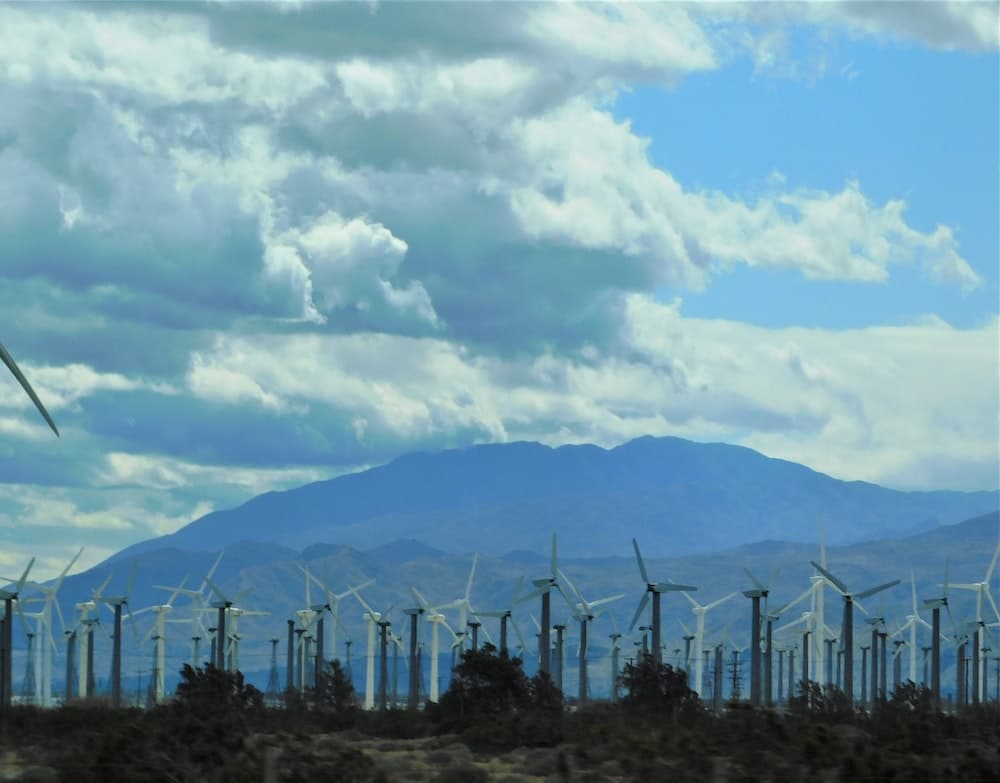The National Energy Policy revolves around the management of energy production and the subsequent use of energy. This policy involves measures taken on the federal, state, and local level. It constitutes a key part of the United States’ policy-making and has a considerable influence on the nation’s energy security, economy, and environmental sustainability.
Federal Energy Policy
The federal energy policy plays a pivotal role in shaping the United States’ energy landscape. It influences a myriad of aspects about energy, such as its production, distribution, and usage. The policy encompasses many facets, from oil and gas production to fostering renewable energy technologies.
A lire aussi : Real estate market analysis
Oil and Gas Production
Oil and gas are two of the most significant sources of energy in the United States. They have long been the backbone of the nation’s energy system. The federal energy policy has several measures in place to ensure the efficient and sustainable production of oil and gas. One critical part of this policy is the Federal Energy Regulatory Commission (FERC). This agency regulates the interstate transmission of natural gas, oil, and electricity. FERC also regulates natural gas and hydropower projects.
Encouraging Renewable Energy
The federal government has been actively promoting the use of renewable energy. This is evident in the tax credits provided to individuals and businesses that install renewable energy systems. The Investment Tax Credit (ITC) and the Production Tax Credit (PTC) are two prominent examples of such federal incentives. These credits aim to make renewable energy more accessible and affordable for all Americans.
Avez-vous vu cela : Website design for real estate: A complete guide
State-Level Energy Policies
While the federal government plays a major role, individual states also have a significant influence on the energy policy. The energy policies at the state level often complement the national efforts and cater to the unique energy needs and resources of each state.
Diversifying Energy Sources
Many states have been diversifying their energy sources, moving away from fossil fuels towards more sustainable alternatives. For instance, California has been a leader in embracing renewable energy. Its state policy mandates that 50% of its electricity should come from renewable sources by 2025.
Transportation Policies
Transportation is a significant consumer of energy, especially fossil fuels. Thus, state policies often include measures to promote energy efficiency in transportation. Many states, for example, offer rebates and incentives for electric vehicles, which are more energy-efficient and environmentally friendly than their gasoline counterparts.
Infrastructure and the Energy Grid
Energy infrastructure is the backbone of energy production and distribution. It includes everything from power plants to transmission lines. The energy grid, in particular, is of paramount importance as it ensures the delivery of electricity from producers to consumers.
Modernizing the Energy Grid
The energy grid needs to be modernized to accommodate the changing energy landscape. The advent of renewable energy and the rise of distributed energy generation pose new challenges to the grid. Federal and state policies are thus geared towards modernizing the grid to ensure its reliability and resilience.
Investing in Energy Infrastructure
Investing in energy infrastructure is a key part of the national energy policy. The United States has been investing billions in upgrading its energy infrastructure. These investments are crucial not only for maintaining the existing infrastructure but also for paving the way for new technologies and energy sources.
The Role of the Private Sector
The private sector plays a crucial role in the national energy policy. It is responsible for the majority of energy production and distribution in the United States. The government often works hand in hand with the private sector to achieve its energy goals.
Private Sector Investments
The private sector invests heavily in energy production, from drilling oil and gas wells to building solar farms. It also plays a significant role in energy innovation, spearheading research and development in new energy technologies. The government often facilitates these investments through tax credits and other incentives.
Public-Private Partnerships
Public-private partnerships are an integral part of the energy policy. They allow the government and the private sector to pool resources and expertise for the common goal of energy security and sustainability. These partnerships can take various forms, from joint research projects to shared infrastructure development.
Energy Efficiency and Conservation
Energy efficiency and conservation are key components of the National Energy Policy. They play a significant role in the United States’ effort to reduce energy consumption and emissions. These measures not only help in environmental protection but also have a positive impact on the economy.
Energy Efficiency Measures
Energy efficiency refers to using less energy to perform the same task, thereby reducing overall energy consumption. Various measures are in place to promote energy efficiency, both at the federal and state level. For example, the Department of Energy (DOE) has set energy efficiency standards for numerous consumer and commercial products. These standards aim to reduce energy consumption and lower utility bills for consumers.
In addition to federal efforts, many states have their own energy efficiency programs. These programs include rebates for energy-efficient appliances, energy audits, and energy-saving tips for consumers. These state-level efforts support the national energy policy and contribute to the United States’ energy independence.
Energy Conservation Policies
Energy conservation involves behavioral changes to reduce energy consumption. This might include adjusting the thermostat, turning off lights when they’re not in use, or choosing to walk or bike instead of driving. Federal and state policies play a significant role in promoting energy conservation. For instance, public law mandates daylight saving time, which helps conserve energy by making better use of natural daylight. Similarly, several states have implemented policies to encourage alternative transportation methods, such as biking and public transit, to reduce reliance on fossil fuels.
Conclusion: The Future of National Energy Policy
The National Energy Policy is an evolving framework that adapts to the country’s changing energy needs and resources. The role of the private sector, alternative fuels, energy efficiency, and infrastructure investments are key components of the policy that will continue to shape the United States’ energy landscape in the future.
Moving Towards Renewable Energy
A significant focus of the future national energy policy will undoubtedly be the promotion of renewable energy. Tax credits for renewable energy, the encouragement of alternative fuels, and the push for electricity generation from renewable sources are all part of this focus. The United States must continue to diversify its energy sources for energy independence and to combat climate change.
Embracing Energy Efficiency
Energy efficiency will also continue to play a major role in the national energy policy. Measures like strict efficiency standards, promotion of energy-efficient appliances, and the encouragement of energy conservation behaviors will be integral to reducing energy consumption and achieving sustainability goals.
In conclusion, the National Energy Policy is a comprehensive strategy that involves various stakeholders, including the federal and state governments, the private sector, and consumers. By focusing on renewable energy, energy efficiency, and infrastructure modernization, the United States is paving the way towards a sustainable and secure energy future.






